在 Go 中解密在 Python 中以 CFB 模式使用 AES 加密的内容
来源:stackoverflow
2024-04-09 19:15:39
0浏览
收藏
golang学习网今天将给大家带来《在 Go 中解密在 Python 中以 CFB 模式使用 AES 加密的内容》,感兴趣的朋友请继续看下去吧!以下内容将会涉及到等等知识点,如果你是正在学习Golang或者已经是大佬级别了,都非常欢迎也希望大家都能给我建议评论哈~希望能帮助到大家!
问题内容
问题
我希望能够在 go 中解密在 python 中加密的内容。加密/解密函数分别在每种语言中工作,但当我在 python 中加密并在 go 中解密时却不起作用,我猜测编码有问题,因为我得到了乱码输出:
rx����d��i�k|�ap���k��b%f���uv�~d3h�����|�����>�b��b�
python 中的加密/解密
def encrypt(plaintext, key=config.secret, key_salt='', no_iv=false):
"""encrypt shit the right way"""
# sanitize inputs
key = sha256.new((key + key_salt).encode()).digest()
if len(key) not in aes.key_size:
raise exception()
if isinstance(plaintext, string_types):
plaintext = plaintext.encode('utf-8')
# pad plaintext using pkcs7 padding scheme
padlen = aes.block_size - len(plaintext) % aes.block_size
plaintext += (chr(padlen) * padlen).encode('utf-8')
# generate random initialization vector using csprng
if no_iv:
iv = ('\0' * aes.block_size).encode()
else:
iv = get_random_bytes(aes.block_size)
log.info(aes.block_size)
# encrypt using aes in cfb mode
ciphertext = aes.new(key, aes.mode_cfb, iv).encrypt(plaintext)
# prepend iv to ciphertext
if not no_iv:
ciphertext = iv + ciphertext
# return ciphertext in hex encoding
log.info(ciphertext)
return ciphertext.hex()
def decrypt(ciphertext, key=config.secret, key_salt='', no_iv=false):
"""decrypt shit the right way"""
# sanitize inputs
key = sha256.new((key + key_salt).encode()).digest()
if len(key) not in aes.key_size:
raise exception()
if len(ciphertext) % aes.block_size:
raise exception()
try:
ciphertext = codecs.decode(ciphertext, 'hex')
except typeerror:
log.warning("ciphertext wasn't given as a hexadecimal string.")
# split initialization vector and ciphertext
if no_iv:
iv = '\0' * aes.block_size
else:
iv = ciphertext[:aes.block_size]
ciphertext = ciphertext[aes.block_size:]
# decrypt ciphertext using aes in cfb mode
plaintext = aes.new(key, aes.mode_cfb, iv).decrypt(ciphertext).decode()
# validate padding using pkcs7 padding scheme
padlen = ord(plaintext[-1])
if padlen < 1 or padlen > aes.block_size:
raise exception()
if plaintext[-padlen:] != chr(padlen) * padlen:
raise exception()
plaintext = plaintext[:-padlen]
return plaintext
go 中的加密/解密
// PKCS5Padding adds padding to the plaintext to make it a multiple of the block size
func PKCS5Padding(src []byte, blockSize int) []byte {
padding := blockSize - len(src)%blockSize
padtext := bytes.Repeat([]byte{byte(padding)}, padding)
return append(src, padtext...)
}
// Encrypt encrypts the plaintext,the input salt should be a random string that is appended to the plaintext
// that gets fed into the one-way function that hashes it.
func Encrypt(plaintext) string {
h := sha256.New()
h.Write([]byte(os.Getenv("SECRET")))
key := h.Sum(nil)
plaintextBytes := PKCS5Padding([]byte(plaintext), aes.BlockSize)
block, err := aes.NewCipher(key)
if err != nil {
panic(err)
}
// The IV needs to be unique, but not secure. Therefore it's common to
// include it at the beginning of the ciphertext.
ciphertext := make([]byte, aes.BlockSize+len(plaintextBytes))
iv := ciphertext[:aes.BlockSize]
if _, err := io.ReadFull(rand.Reader, iv); err != nil {
panic(err)
}
stream := cipher.NewCFBEncrypter(block, iv)
stream.XORKeyStream(ciphertext[aes.BlockSize:], plaintextBytes)
// return hexadecimal representation of the ciphertext
return hex.EncodeToString(ciphertext)
}
func PKCS5UnPadding(src []byte) []byte {
length := len(src)
unpadding := int(src[length-1])
return src[:(length - unpadding)]
}
func Decrypt(ciphertext string) string {
h := sha256.New()
// have to check if the secret is hex encoded
h.Write([]byte(os.Getenv("SECRET")))
key := h.Sum(nil)
ciphertext_bytes := []byte(ciphertext)
block, err := aes.NewCipher(key)
if err != nil {
panic(err)
}
log.Print(aes.BlockSize)
// The IV needs to be unique, but not secure. Therefore it's common to
// include it at the beginning of the ciphertext.
iv := ciphertext_bytes[:aes.BlockSize]
if len(ciphertext) < aes.BlockSize {
panic("ciphertext too short")
}
ciphertext_bytes = ciphertext_bytes[aes.BlockSize:]
stream := cipher.NewCFBDecrypter(block, iv)
stream.XORKeyStream(ciphertext_bytes, ciphertext_bytes)
plaintext := PKCS5UnPadding(ciphertext_bytes)
return string(plaintext)
}正确答案
cfb 模式使用的段大小对应于每个加密步骤加密的位数,请参阅 CFB。
go 只支持 128 位的段大小 (cfb128),至少没有更深入的修改(第 here 和 here)。相比之下,pycryptodome 中的段大小是可配置的,默认为 8 位 (cfb8),s。 here。发布的python代码使用这个默认值,因此两个代码不兼容。由于go代码中段大小不可调整,因此必须在python代码中设置为cfb128:
cipher = aes.new(key, aes.mode_cfb, iv, segment_size=128)
此外,密文在 python 代码中是十六进制编码的,因此必须在 go 代码中对其进行十六进制解码,而这在发布的代码中尚未实现。
通过这两项更改,可以解密使用 python 代码生成的密文。
以下 go 代码中的密文是使用 python 代码使用 128 位大小的段和密码 my 密码 创建的,并成功解密:
package main
import (
"crypto/aes"
"crypto/cipher"
"crypto/sha256"
"encoding/hex"
"fmt"
)
func main() {
ciphertextHex := "546ddf226c4c556c7faa386940f4fff9b09f7e3a2ccce2ed26f7424cf9c8cd743e826bc8a2854bb574df9f86a94e7b2b1e63886953a6a3eb69eaa5fa03d69ba5" // Fix 1: Apply CFB128 on the Python side
fmt.Println(Decrypt(ciphertextHex)) // The quick brown fox jumps over the lazy dog
}
func PKCS5UnPadding(src []byte) []byte {
length := len(src)
unpadding := int(src[length-1])
return src[:(length - unpadding)]
}
func Decrypt(ciphertext string) string {
h := sha256.New()
//h.Write([]byte(os.Getenv("SECRET")))
h.Write([]byte("my passphrase")) // Apply passphrase from Python side
key := h.Sum(nil)
//ciphertext_bytes := []byte(ciphertext)
ciphertext_bytes, _ := hex.DecodeString(ciphertext) // Fix 2. Hex decode ciphertext
block, err := aes.NewCipher(key)
if err != nil {
panic(err)
}
iv := ciphertext_bytes[:aes.BlockSize]
if len(ciphertext) < aes.BlockSize {
panic("ciphertext too short")
}
ciphertext_bytes = ciphertext_bytes[aes.BlockSize:]
stream := cipher.NewCFBDecrypter(block, iv)
stream.XORKeyStream(ciphertext_bytes, ciphertext_bytes)
plaintext := PKCS5UnPadding(ciphertext_bytes)
return string(plaintext)
}
安全性:
- 使用摘要作为密钥派生函数是不安全的。应用专用密钥派生函数,例如 pbkdf2。
- 静态或缺失的盐也是不安全的。对每个加密使用随机生成的盐。将非秘密盐与密文连接起来(类似于 iv),例如
salt|iv|密文。 - 变体
no_iv=true应用静态 iv(零 iv),这是不安全的,不应使用。正确的方法通过变体no_iv=false进行描述。 - cfb 是一种流密码模式,因此不需要填充/取消填充,因此可以在两侧删除。
以上就是《在 Go 中解密在 Python 中以 CFB 模式使用 AES 加密的内容》的详细内容,更多关于的资料请关注golang学习网公众号!
版本声明
本文转载于:stackoverflow 如有侵犯,请联系study_golang@163.com删除
查看更多
最新文章
-

- Golang · Go问答 | 1年前 |
- 在读取缓冲通道中的内容之前退出
- 139浏览 收藏
-

- Golang · Go问答 | 1年前 |
- 戈兰岛的全球 GOPRIVATE 设置
- 204浏览 收藏
-

- Golang · Go问答 | 1年前 |
- 如何将结构作为参数传递给 xml-rpc
- 325浏览 收藏
-

- Golang · Go问答 | 1年前 |
- 如何用golang获得小数点以下两位长度?
- 478浏览 收藏
-
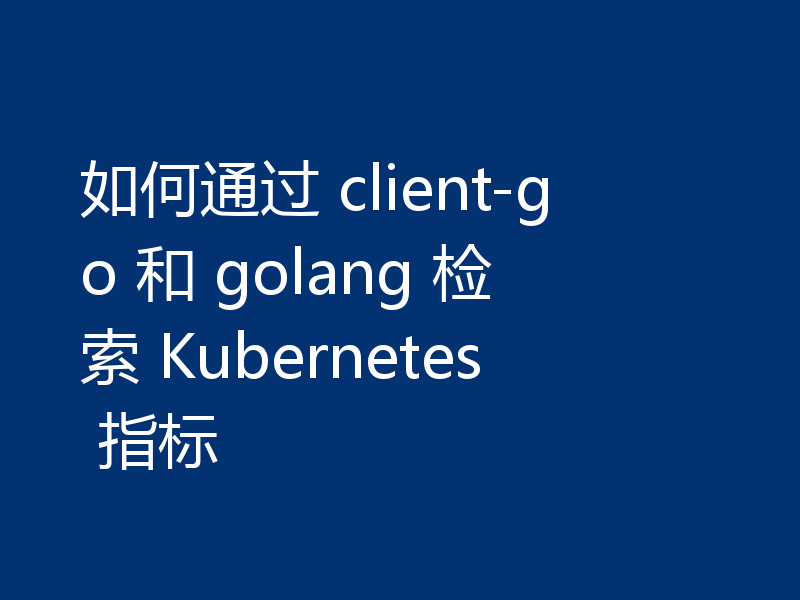
- Golang · Go问答 | 1年前 |
- 如何通过 client-go 和 golang 检索 Kubernetes 指标
- 486浏览 收藏
-

- Golang · Go问答 | 1年前 |
- 将多个“参数”映射到单个可变参数的习惯用法
- 439浏览 收藏
-
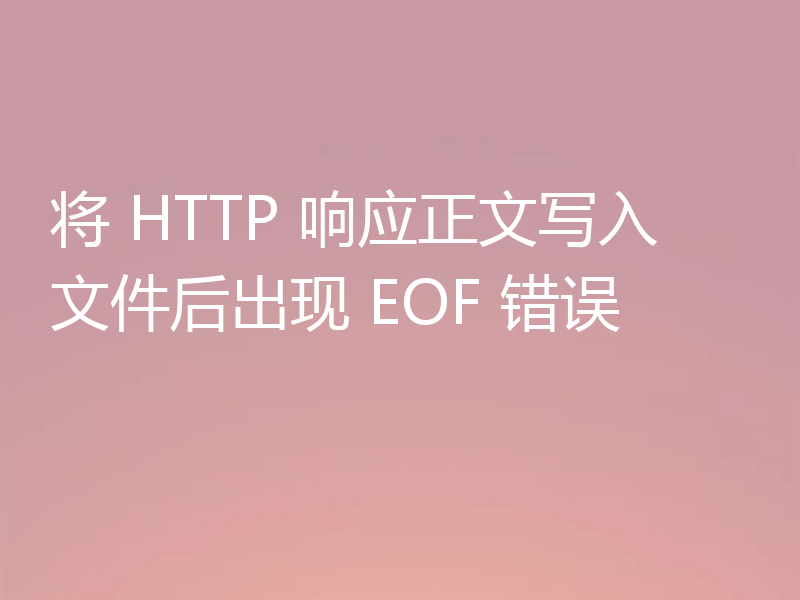
- Golang · Go问答 | 1年前 |
- 将 HTTP 响应正文写入文件后出现 EOF 错误
- 357浏览 收藏
-

- Golang · Go问答 | 1年前 |
- 结构中映射的匿名列表的“复合文字中缺少类型”
- 352浏览 收藏
-
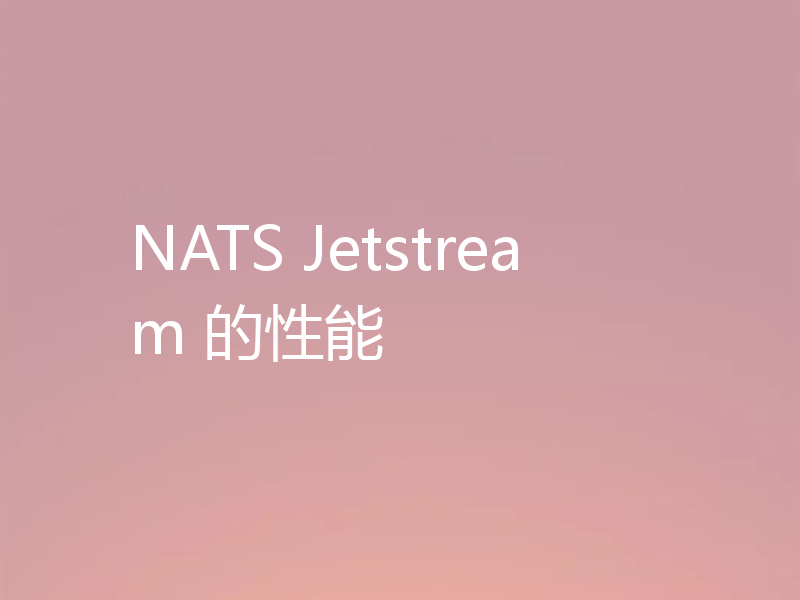
- Golang · Go问答 | 1年前 |
- NATS Jetstream 的性能
- 101浏览 收藏
-

- Golang · Go问答 | 1年前 |
- 如何将复杂的字符串输入转换为mapstring?
- 440浏览 收藏
-
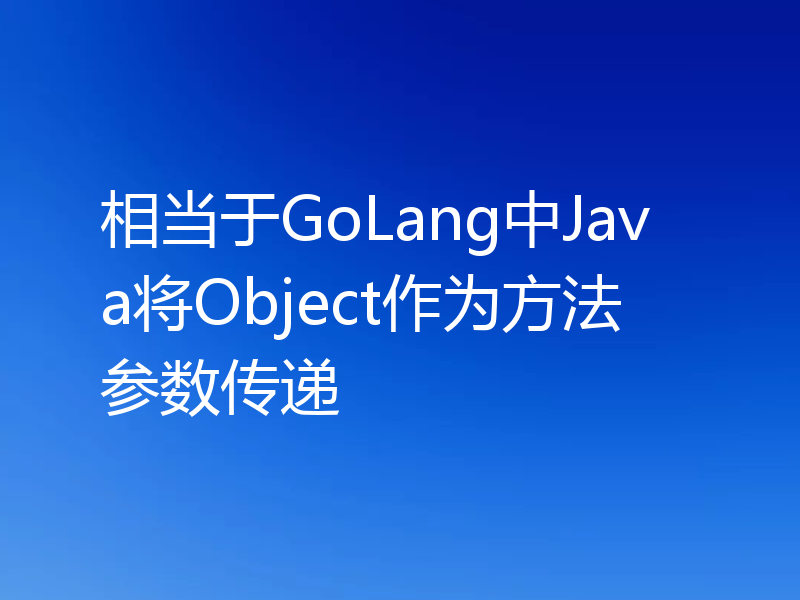
- Golang · Go问答 | 1年前 |
- 相当于GoLang中Java将Object作为方法参数传递
- 212浏览 收藏
-
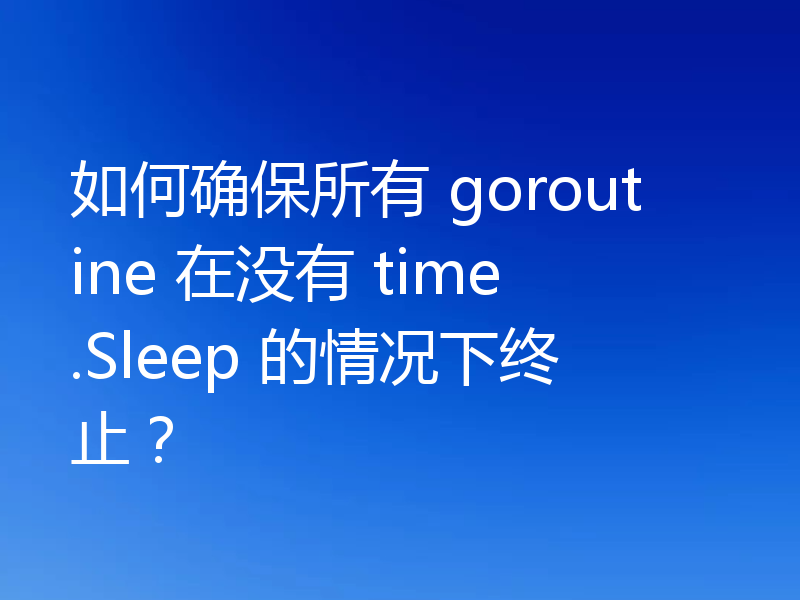
- Golang · Go问答 | 1年前 |
- 如何确保所有 goroutine 在没有 time.Sleep 的情况下终止?
- 143浏览 收藏
查看更多
课程推荐
-

- 前端进阶之JavaScript设计模式
- 设计模式是开发人员在软件开发过程中面临一般问题时的解决方案,代表了最佳的实践。本课程的主打内容包括JS常见设计模式以及具体应用场景,打造一站式知识长龙服务,适合有JS基础的同学学习。
- 543次学习
-

- GO语言核心编程课程
- 本课程采用真实案例,全面具体可落地,从理论到实践,一步一步将GO核心编程技术、编程思想、底层实现融会贯通,使学习者贴近时代脉搏,做IT互联网时代的弄潮儿。
- 516次学习
-

- 简单聊聊mysql8与网络通信
- 如有问题加微信:Le-studyg;在课程中,我们将首先介绍MySQL8的新特性,包括性能优化、安全增强、新数据类型等,帮助学生快速熟悉MySQL8的最新功能。接着,我们将深入解析MySQL的网络通信机制,包括协议、连接管理、数据传输等,让
- 500次学习
-
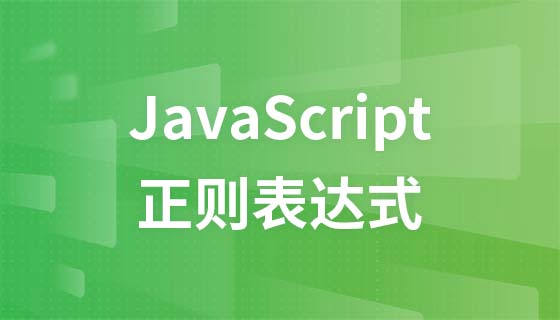
- JavaScript正则表达式基础与实战
- 在任何一门编程语言中,正则表达式,都是一项重要的知识,它提供了高效的字符串匹配与捕获机制,可以极大的简化程序设计。
- 487次学习
-

- 从零制作响应式网站—Grid布局
- 本系列教程将展示从零制作一个假想的网络科技公司官网,分为导航,轮播,关于我们,成功案例,服务流程,团队介绍,数据部分,公司动态,底部信息等内容区块。网站整体采用CSSGrid布局,支持响应式,有流畅过渡和展现动画。
- 485次学习
查看更多
AI推荐
-
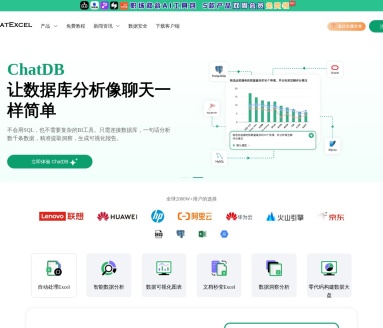
- ChatExcel酷表
- ChatExcel酷表是由北京大学团队打造的Excel聊天机器人,用自然语言操控表格,简化数据处理,告别繁琐操作,提升工作效率!适用于学生、上班族及政府人员。
- 3202次使用
-

- Any绘本
- 探索Any绘本(anypicturebook.com/zh),一款开源免费的AI绘本创作工具,基于Google Gemini与Flux AI模型,让您轻松创作个性化绘本。适用于家庭、教育、创作等多种场景,零门槛,高自由度,技术透明,本地可控。
- 3415次使用
-

- 可赞AI
- 可赞AI,AI驱动的办公可视化智能工具,助您轻松实现文本与可视化元素高效转化。无论是智能文档生成、多格式文本解析,还是一键生成专业图表、脑图、知识卡片,可赞AI都能让信息处理更清晰高效。覆盖数据汇报、会议纪要、内容营销等全场景,大幅提升办公效率,降低专业门槛,是您提升工作效率的得力助手。
- 3445次使用
-
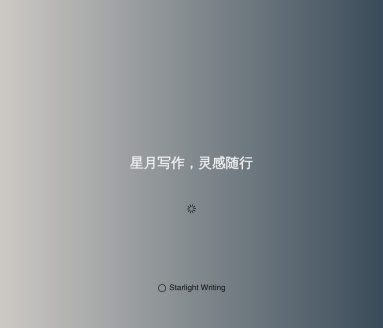
- 星月写作
- 星月写作是国内首款聚焦中文网络小说创作的AI辅助工具,解决网文作者从构思到变现的全流程痛点。AI扫榜、专属模板、全链路适配,助力新人快速上手,资深作者效率倍增。
- 4553次使用
-

- MagicLight
- MagicLight.ai是全球首款叙事驱动型AI动画视频创作平台,专注于解决从故事想法到完整动画的全流程痛点。它通过自研AI模型,保障角色、风格、场景高度一致性,让零动画经验者也能高效产出专业级叙事内容。广泛适用于独立创作者、动画工作室、教育机构及企业营销,助您轻松实现创意落地与商业化。
- 3823次使用
查看更多
相关文章
-
- GoLand调式动态执行代码
- 2023-01-13 502浏览
-
- 用Nginx反向代理部署go写的网站。
- 2023-01-17 502浏览
-
- Golang取得代码运行时间的问题
- 2023-02-24 501浏览
-
- 请问 go 代码如何实现在代码改动后不需要Ctrl+c,然后重新 go run *.go 文件?
- 2023-01-08 501浏览
-
- 如何从同一个 io.Reader 读取多次
- 2023-04-11 501浏览

 虚拟机迁移mac?
虚拟机迁移mac? 


